Picture this – you’re at a dog park and suddenly, a creature that looks like it just stepped out of a fashion magazine glides by. That’s probably an Afghan Hound. These aristocratic dogs are absolutely mesmerizing, but if you think they’re just pretty faces, you’re in for a surprise. Owning an Afghan Hound is like being in a relationship with a supermodel who also happens to be an independent artist. They’re breathtaking, yes, but they come with their own set of rules and requirements that’ll either make you fall head over heels or send you running for the hills.
Don’t get me wrong – I’m not trying to scare you away. These dogs are incredible companions, but they’re definitely not your typical golden retriever. They have specific needs that go way beyond what most people expect from a dog. If you’re considering bringing one of these elegant creatures into your life, there are some crucial things you absolutely need to know first.
The Grooming Marathon That Never Ends
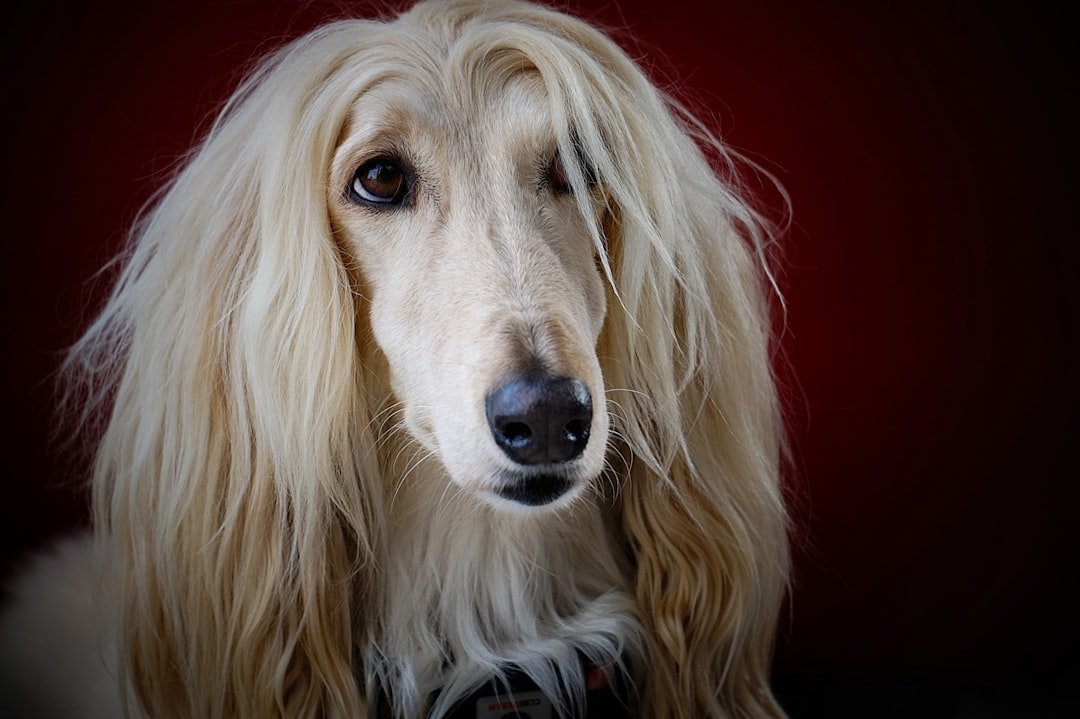
Let’s start with the elephant in the room – that gorgeous coat. Afghan Hounds require daily grooming for show coats, with some owners needing several hours of brushing each week. This isn’t your typical weekend dog grooming session with a quick brush-through.
We’re talking about a serious commitment here. Never brush a dry or dirty coat as this will damage the hair. You’ll need to bathe your Afghan first, then spend considerable time working through that silky coat section by section. Many owners end up investing in professional grooming equipment or visiting professional groomers regularly because the maintenance is so intensive.
Think of it like having a family member who requires daily hair styling. Some Afghan Hound owners use a snood – a fabric tube that slides over the head to keep hair and ears pulled back while eating. This breed will literally change your daily routine, and there’s no taking shortcuts without consequences.
Exercise Needs That Go Beyond Daily Walks
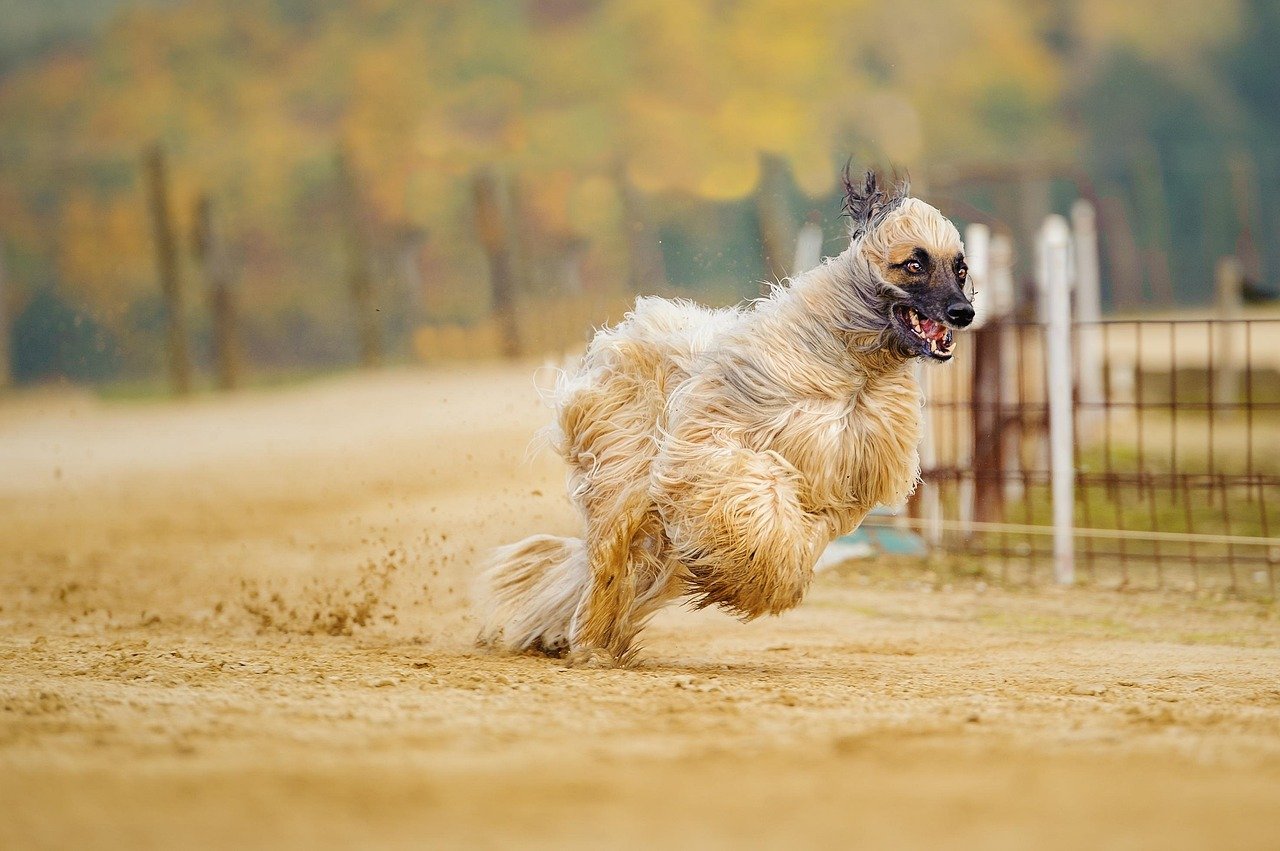
Here’s where many people get it wrong – they think because Afghan Hounds look so elegant and refined, they must be couch potatoes. Nothing could be further from the truth. Daily walks are not enough exercise for this active breed – they need a fenced area to run in as well as long, leashed walks and at least 2 hours of exercise daily.
These dogs were bred to chase prey across mountainous terrain in Afghanistan. That hunting instinct doesn’t just disappear because they’re living in your suburban home. A fence of at least six feet is necessary to contain an Afghan Hound because they’re incredible jumpers.
What’s particularly challenging is that most Afghans should not be let off leash unless the area is securely fenced. Their prey drive is so strong that they might chase a squirrel right into traffic. This means you need to be creative about giving them the exercise they crave while keeping them safe.
The Independent Thinker Challenge
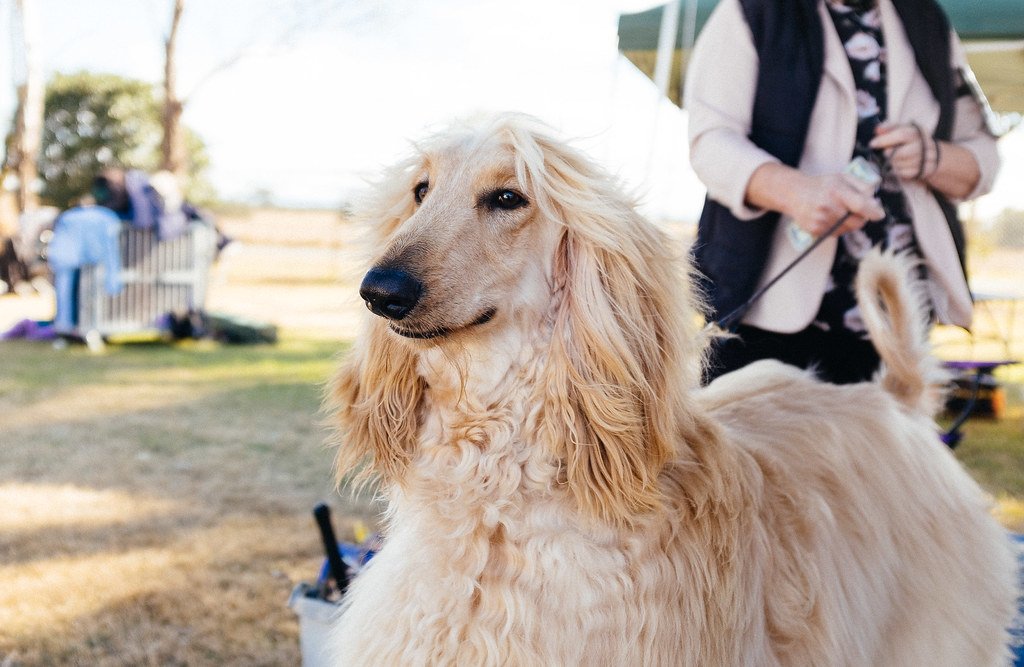
If you’re used to dogs who live to please their owners, an Afghan Hound will be a reality check. Afghan hound intelligence is hotly debated due to their difficulty to train, but most owners will tell you their dogs are smart as a whip and stubborn as a mule. They’re not being difficult on purpose – they just think differently.
Training an Afghan requires patience and creativity. You need to be more clever than your hound, tricking them into thinking training is their idea, then quickly rewarding with food for reinforcement. Traditional training methods often fail because these dogs simply won’t comply if they don’t see the point.
The key is understanding that Afghan Hounds were bred to work independently, making split-second decisions while hunting. This independence is part of their charm, but it means you need to approach training like a negotiation rather than giving orders. Consistency and positive reinforcement work, but you’ll need more patience than with most other breeds.
Health Concerns You Can’t Ignore
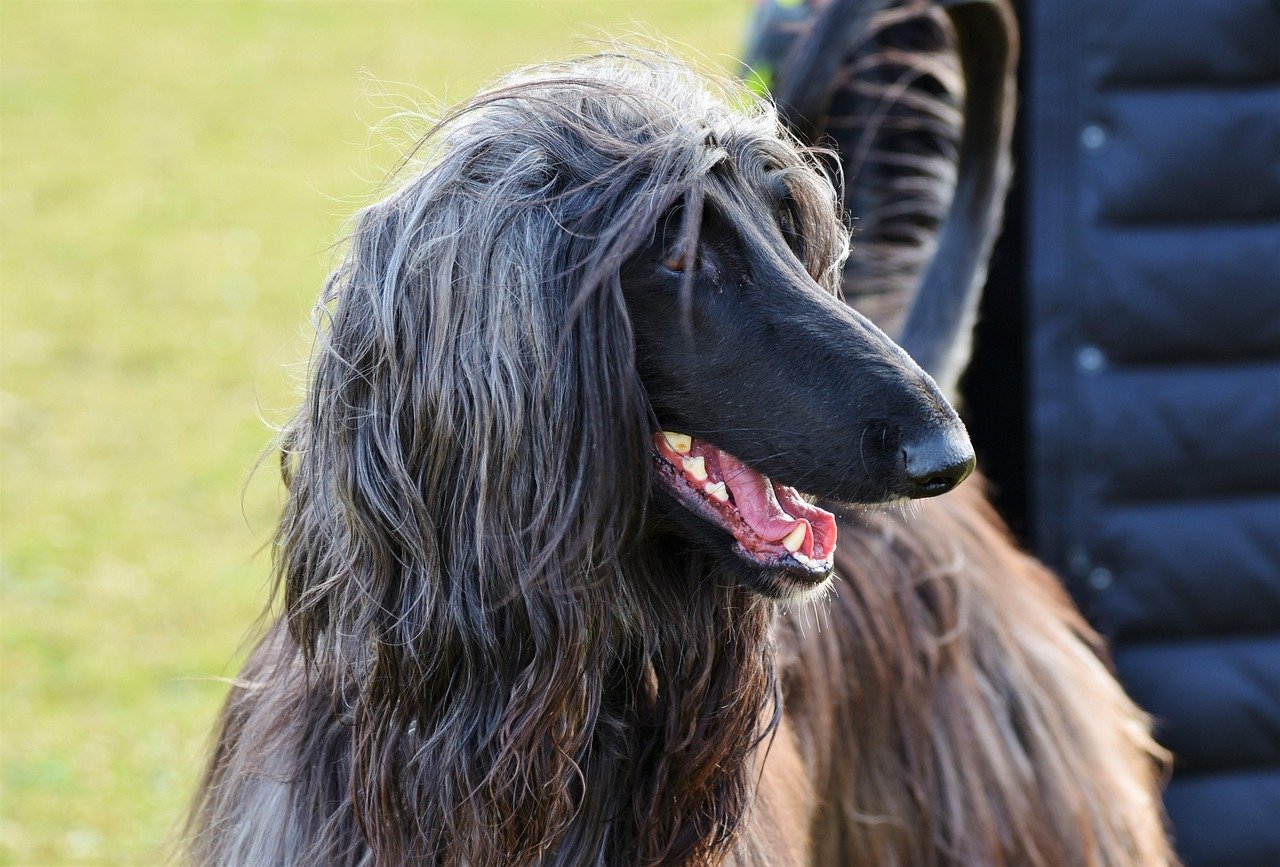
While Afghan Hounds are generally healthy dogs, there are specific health issues that are more common in this breed. Hip dysplasia is a common issue in larger breeds that affects the hip joint and may require veterinary attention. This can be particularly challenging because these are active dogs who need their mobility.
Due to their deep chests, Afghan Hounds are susceptible to bloat, a life-threatening condition, and feeding smaller meals while avoiding vigorous activity after eating can reduce risks. Bloat is not something to take lightly – it’s a medical emergency that can be fatal if not treated immediately.
Eye problems are another concern, with Progressive Retinal Atrophy being a hereditary eye condition that can lead to vision loss, with regular eye exams helping with early detection. The good news is that many of these conditions can be managed well with proper veterinary care and prevention strategies.
Socialization Is Make-or-Break
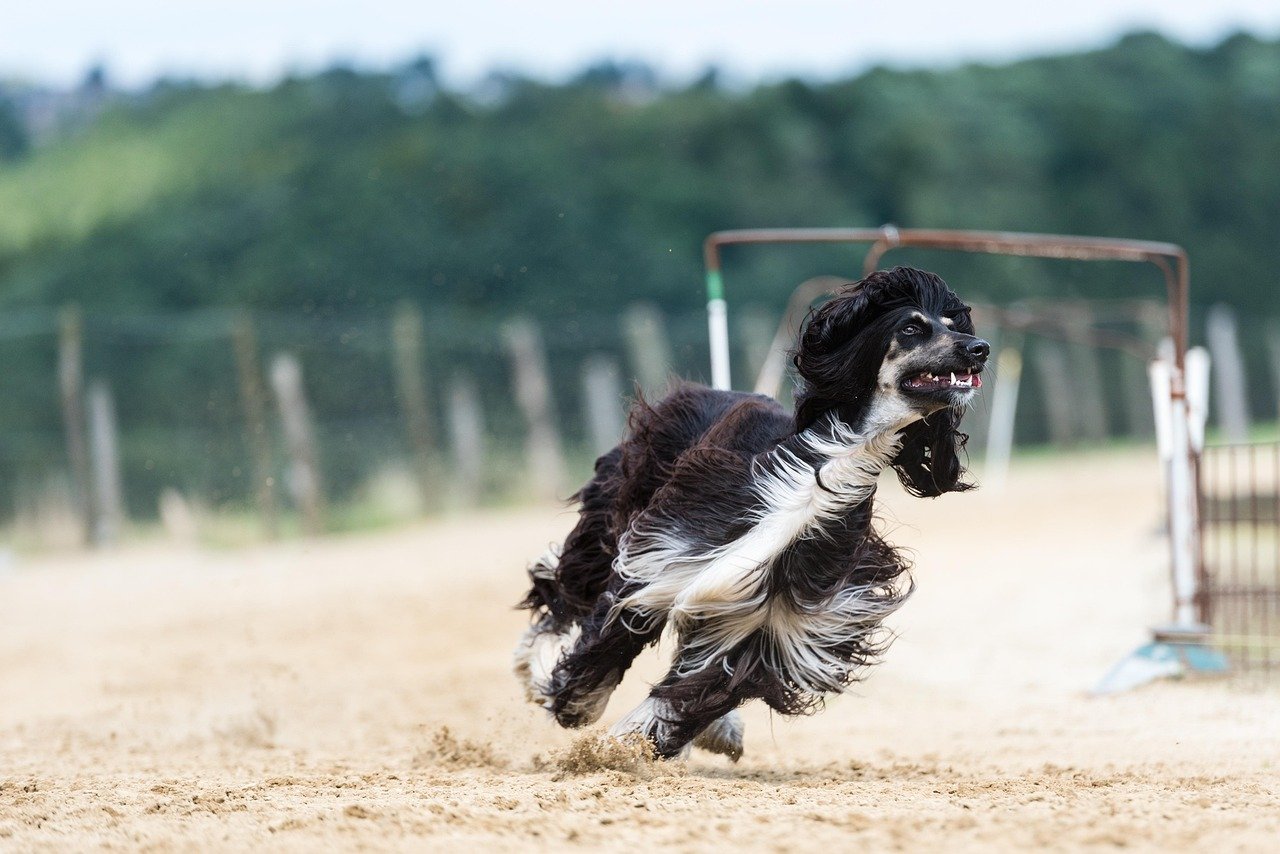
Afghan Hounds have a reputation for being aloof, but this isn’t necessarily natural behavior – it’s often the result of inadequate socialization. It’s best to socialize Afghan Hound puppies as much as possible in the first few weeks of life, as this breed has a tendency towards aloofness if not appropriately socialized.
Early socialization is absolutely crucial because adult Afghan Hounds who weren’t properly socialized can become fearful or overly reserved. Early socialization helps Afghan Hounds adapt to different environments, people, and other pets, exposing them to new experiences that build confidence and ensure they grow into well-adjusted adults.
The window for socialization closes relatively early, so if you’re getting a puppy, you need to start immediately. If you’re adopting an adult Afghan who wasn’t properly socialized, rehabilitation is possible but requires patience and professional help. This isn’t a breed that will automatically warm up to new situations – they need to learn that the world is safe and welcoming.
Living Space and Environment Requirements
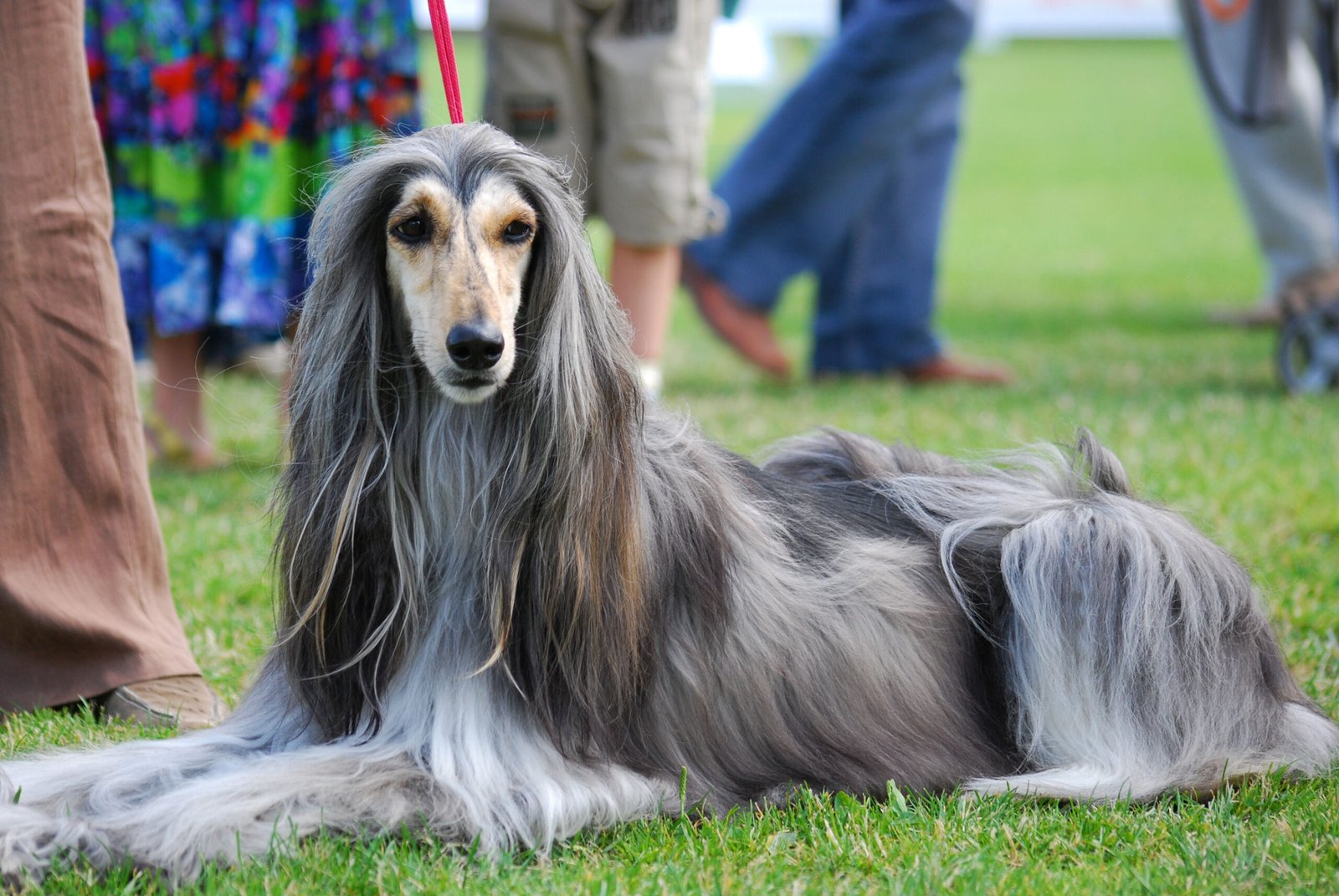
Don’t let anyone tell you that Afghan Hounds can thrive in just any living situation. While they may adapt well to apartment living if provided enough exercise, the reality is more complex. These dogs need space to move, and more importantly, they need secure outdoor access.
Afghan Hounds make quiet housedogs as long as their exercise needs are met, requiring a long walk or jog, or a run in an enclosed area, every day. The keyword here is “enclosed” – you absolutely cannot trust an Afghan Hound off-leash in an unfenced area.
Their sensitivity also plays a role in housing needs. The sensitive breed is not fond of sudden movement or startling noises, and may prefer an adults-only household. If you have young children or live in a chaotic environment with lots of noise and activity, an Afghan Hound might struggle to feel comfortable and secure.
The Financial Reality Check
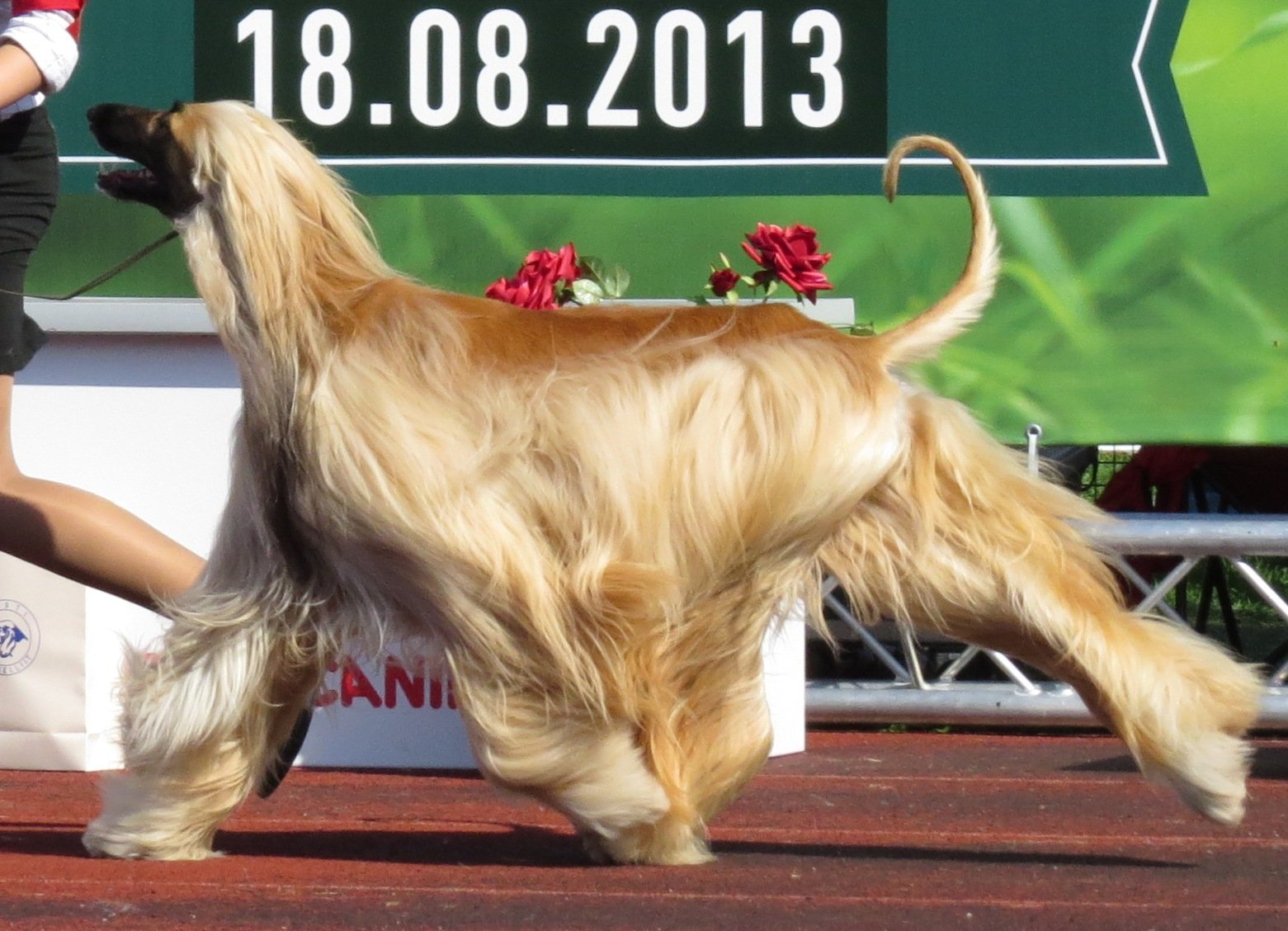
Let’s talk money, because owning an Afghan Hound is expensive. Afghan Hound puppies usually cost $2,000-$3,000, and that’s just the beginning. The grooming alone will cost you significantly more than with other breeds, whether you do it yourself or hire professionals.
Then there are the potential medical costs. Laryngeal paralysis surgery can cost $2,000 or more, while hip dysplasia surgery can cost anywhere from $2,000 to $7,000 depending on severity. These aren’t guaranteed expenses, but they’re possibilities you need to budget for.
The ongoing costs include high-quality food, regular grooming supplies, professional grooming services, and potentially higher veterinary bills due to their sensitivity to anesthesia and medications. Due to their low body fat, they can be sensitive to anesthesia and medications, so always consult a veterinarian familiar with the breed’s specific needs.
Understanding Their Unique Personality
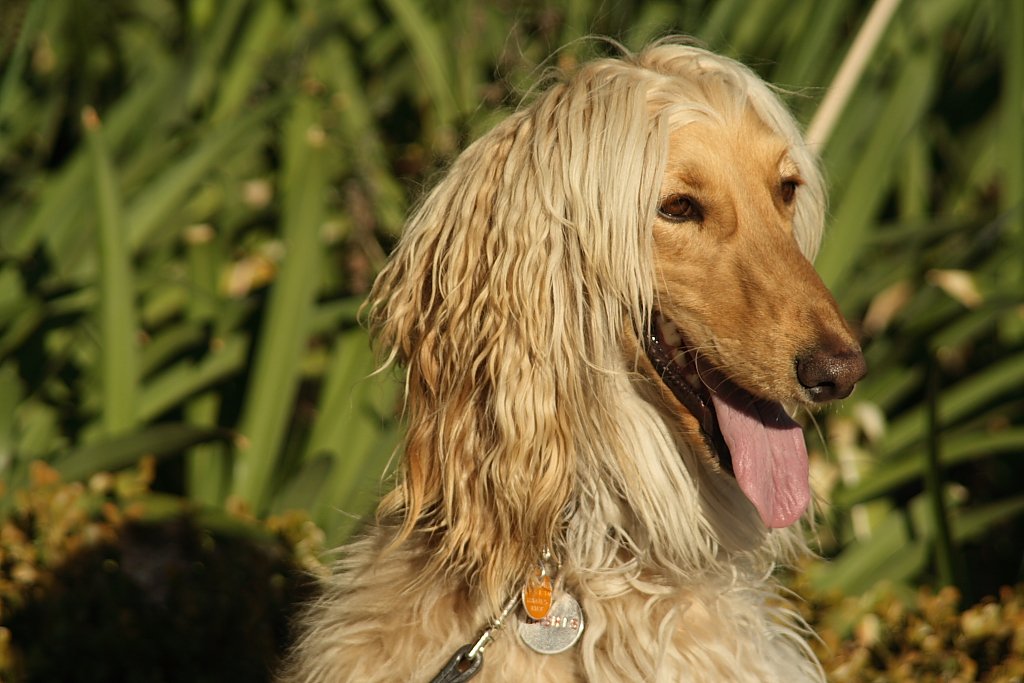
Afghan Hounds aren’t just different in appearance – their personality is unlike most other dogs. Despite their regal appearance, they are known for their profound loyalty, sensitive nature, and absolute love for those they call their own. But this loyalty is selective and earned, not freely given to everyone.
They become strongly bonded to their family but are less keen on attention from strangers. This means your Afghan Hound might be completely devoted to you while remaining politely distant with visitors. Some people mistake this for unfriendliness, but it’s actually just their nature.
They also have what many owners describe as a dignified sense of humor. They can be clownish and playful, but their independent nature may make play frustrating for children. They play on their own terms and might not appreciate being treated like a typical dog who’s always eager for interaction.
Conclusion
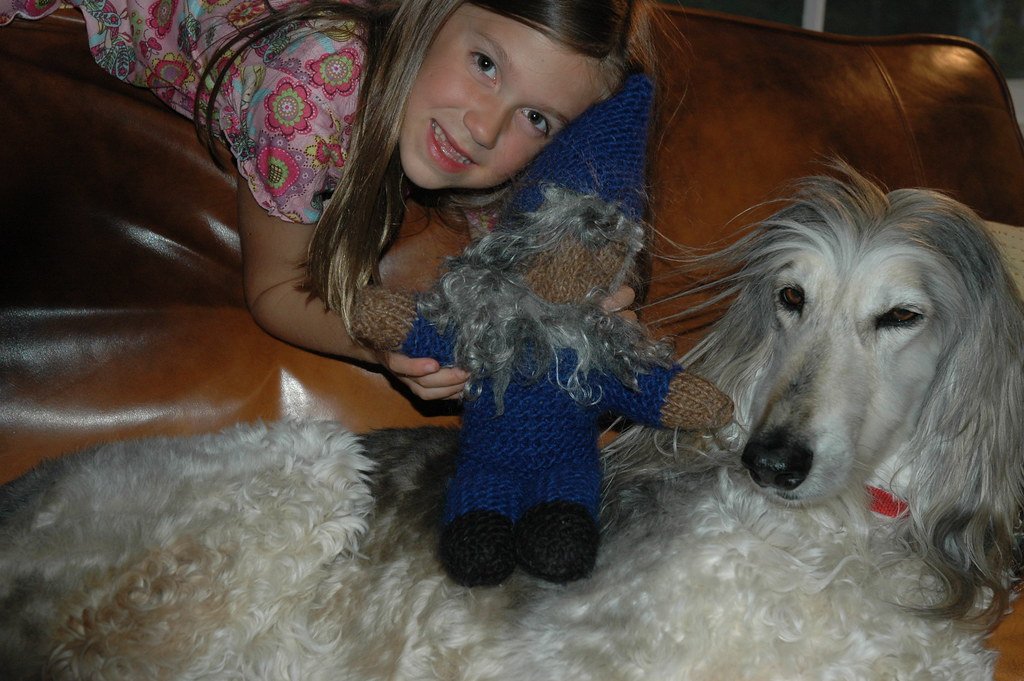
Owning an Afghan Hound isn’t for everyone, and that’s perfectly okay. These magnificent dogs require a special kind of owner – someone who appreciates their independence, can commit to extensive grooming, has the space and time for proper exercise, and understands that this relationship will be more like a partnership than traditional pet ownership.
If you’re drawn to their elegance and mystique, make sure you’re also ready for the reality of daily maintenance, consistent training challenges, and the financial commitment they require. But for the right person, an Afghan Hound can be an incredibly rewarding companion who brings both beauty and personality to your life.
The key is being honest with yourself about what you can provide. These dogs deserve owners who understand and embrace their unique needs rather than trying to change them into something they’re not. Are you ready to be chosen by one of the most aristocratic dogs in the world?

Andrew Alpin from India is the Brand Manager of Doggo digest. Andrew is an experienced content specialist and social media manager with a passion for writing. His forte includes health and wellness, Travel, Animals, and Nature. A nature nomad, Andrew is obsessed with mountains and loves high-altitude trekking. He has been on several Himalayan treks in India including the Everest Base Camp in Nepal.





